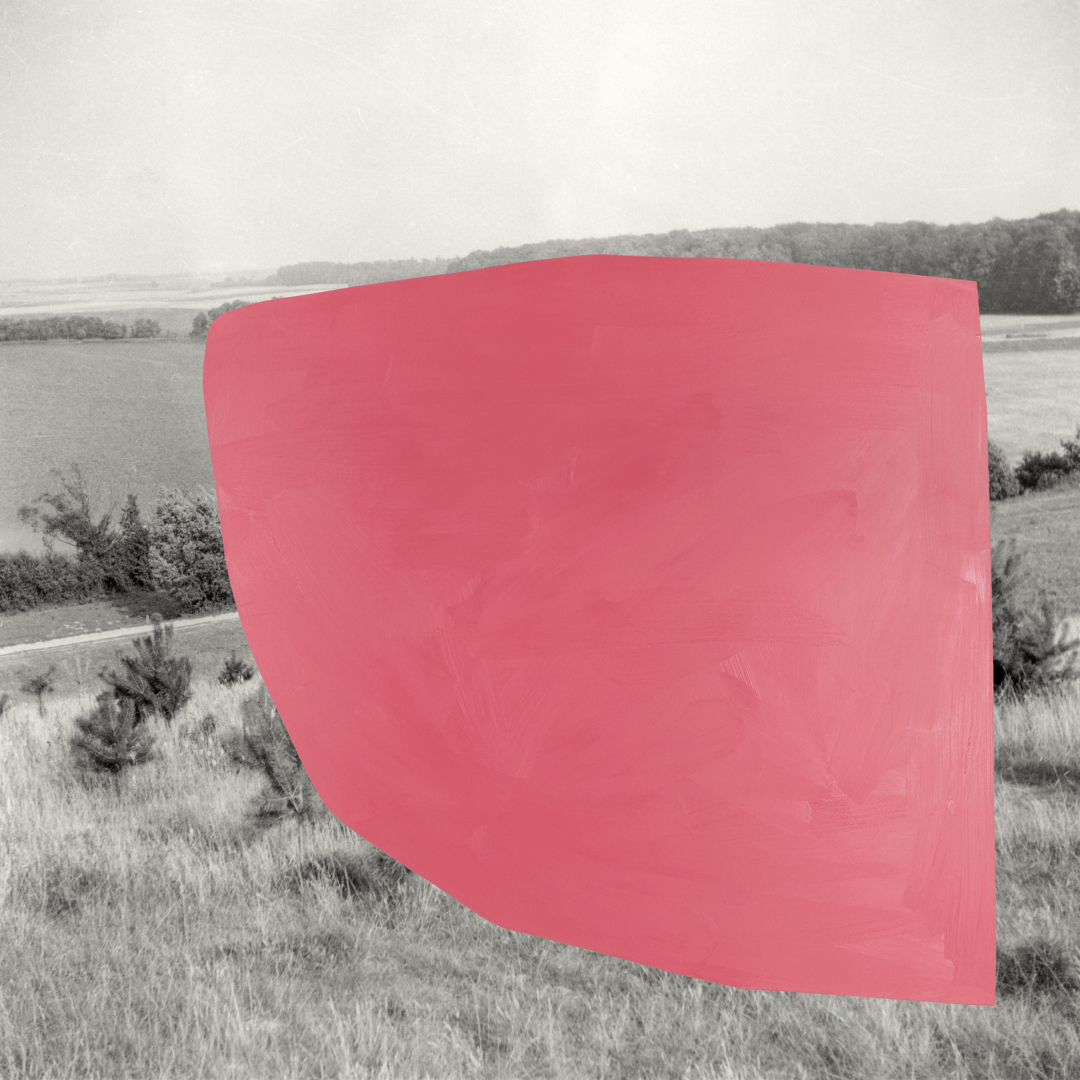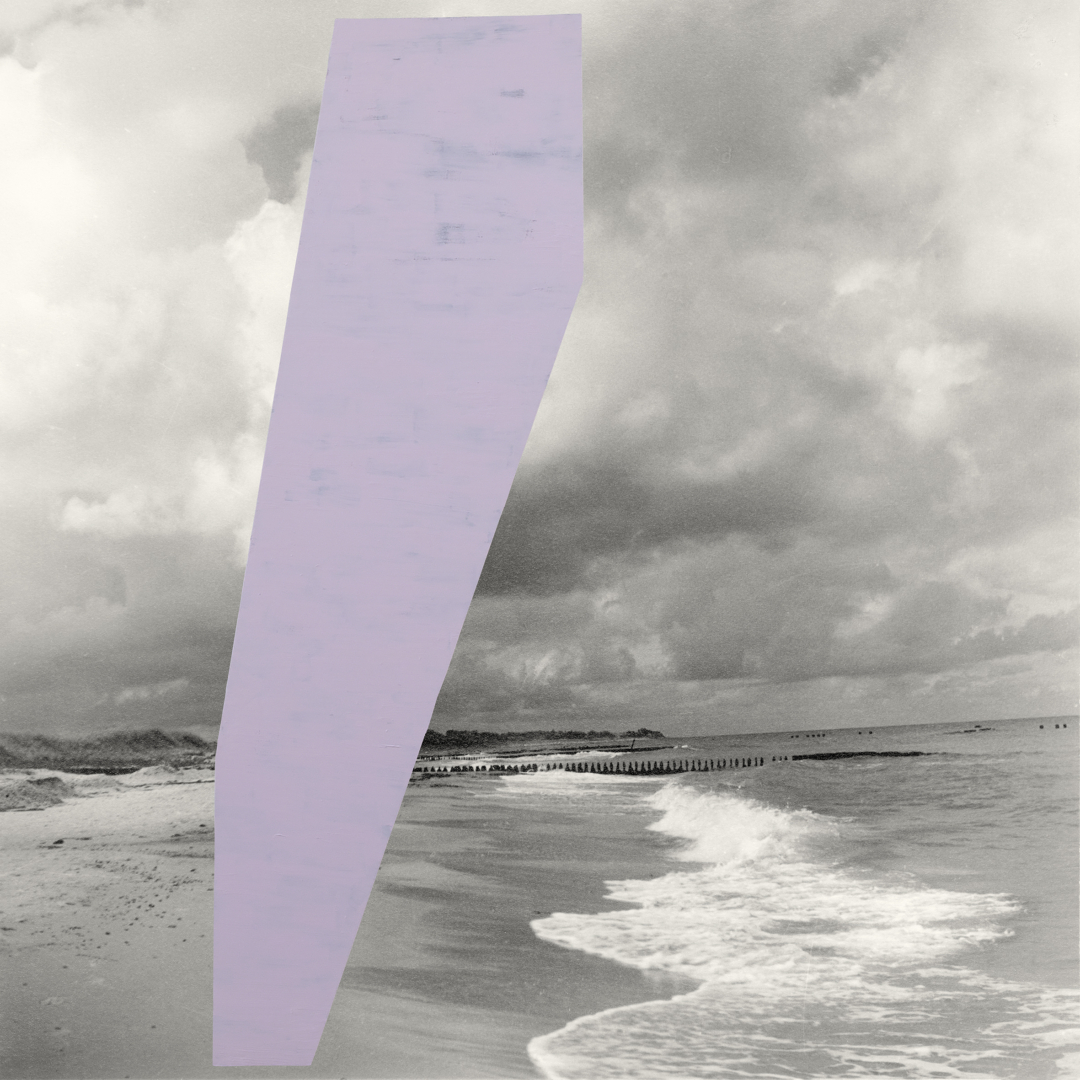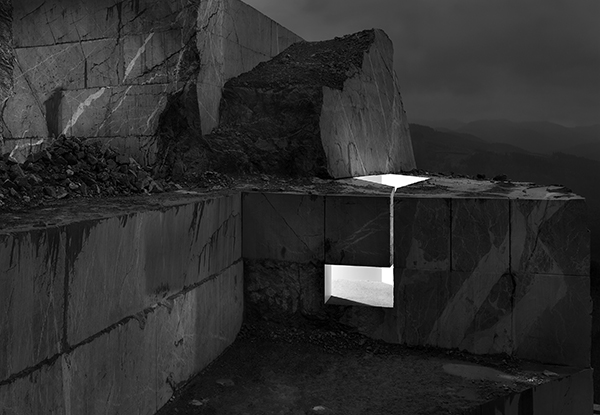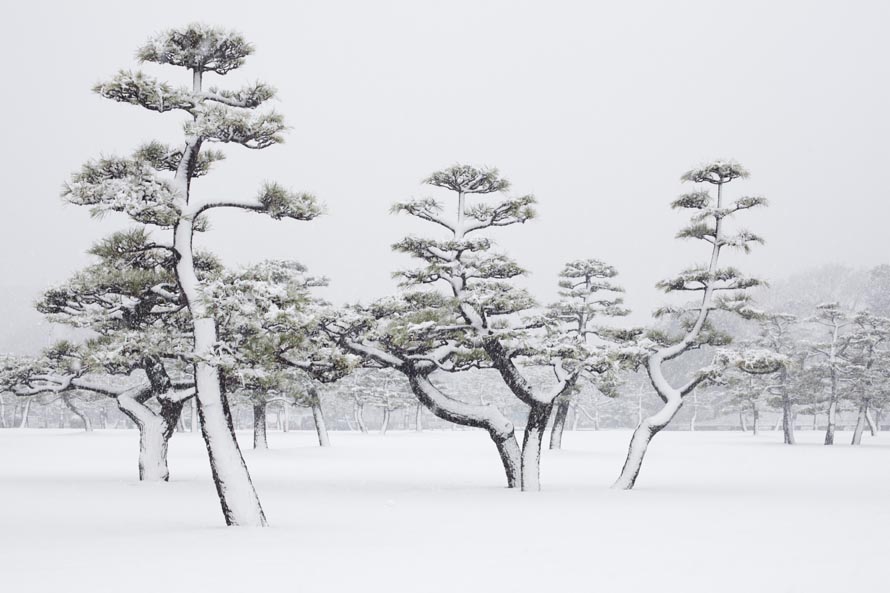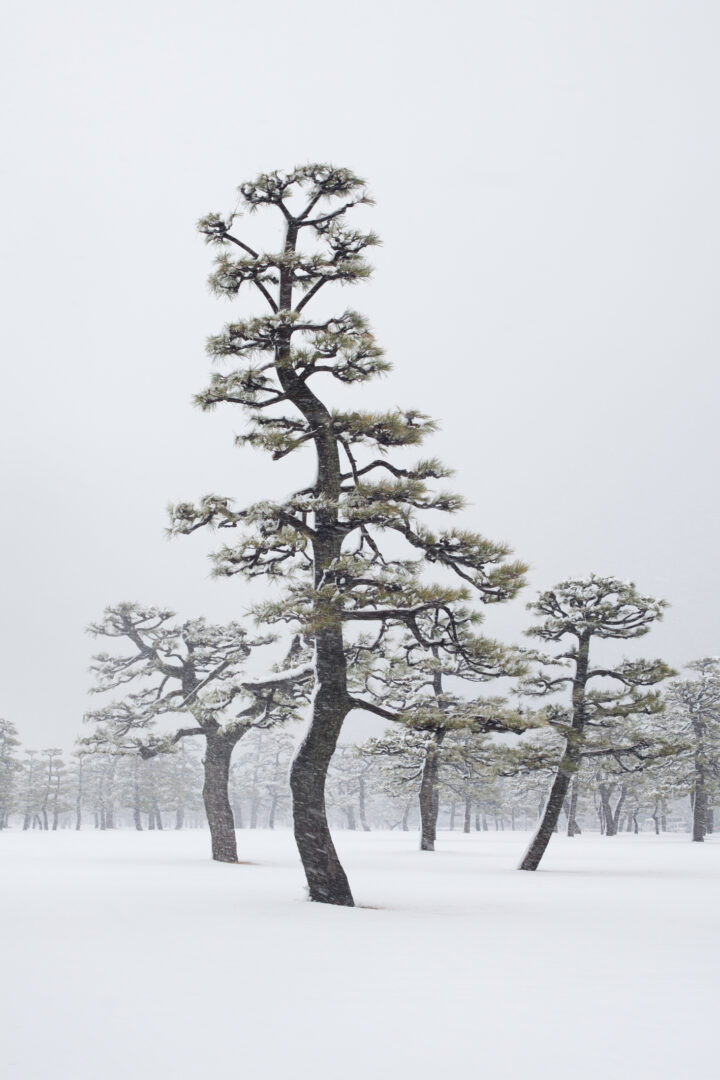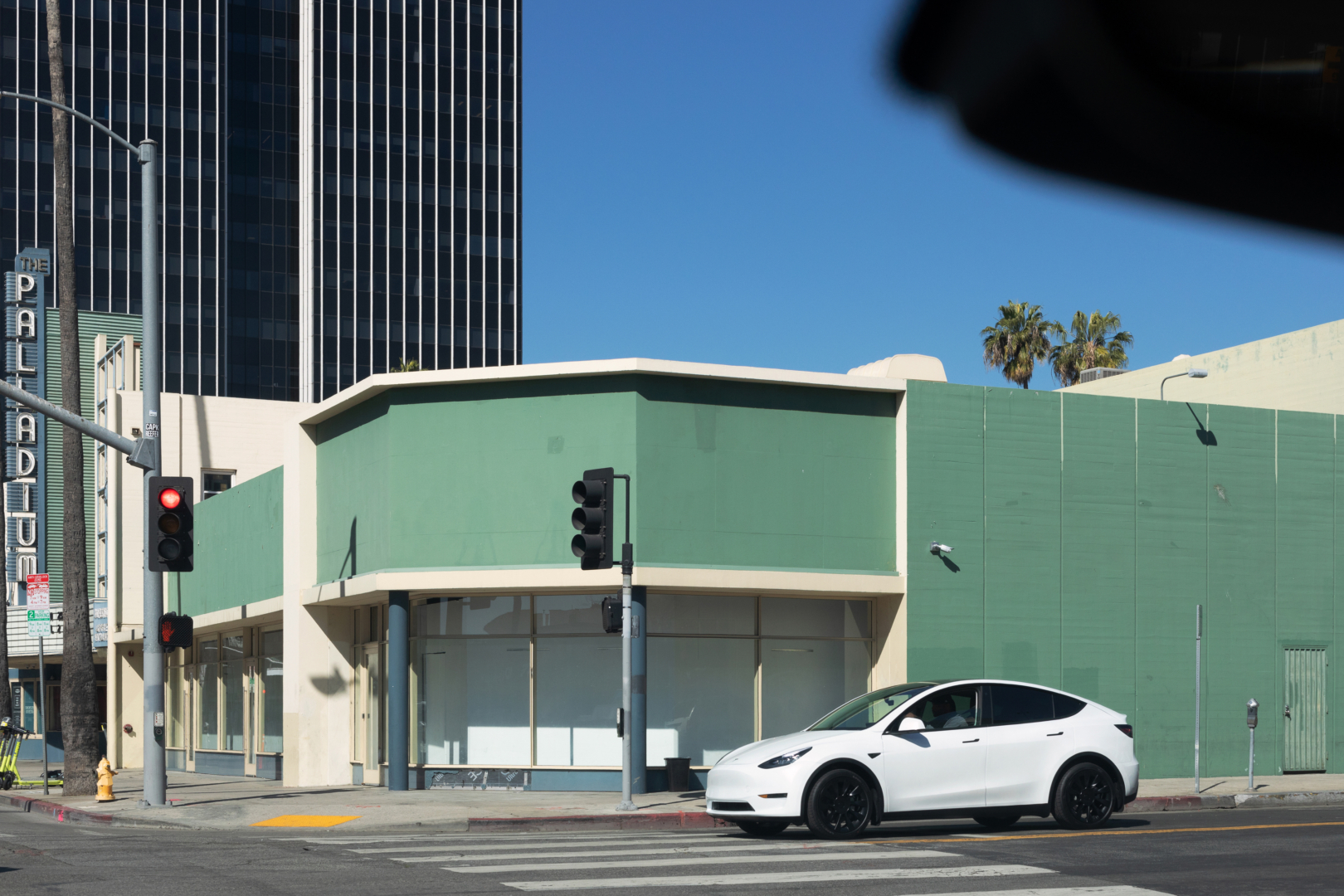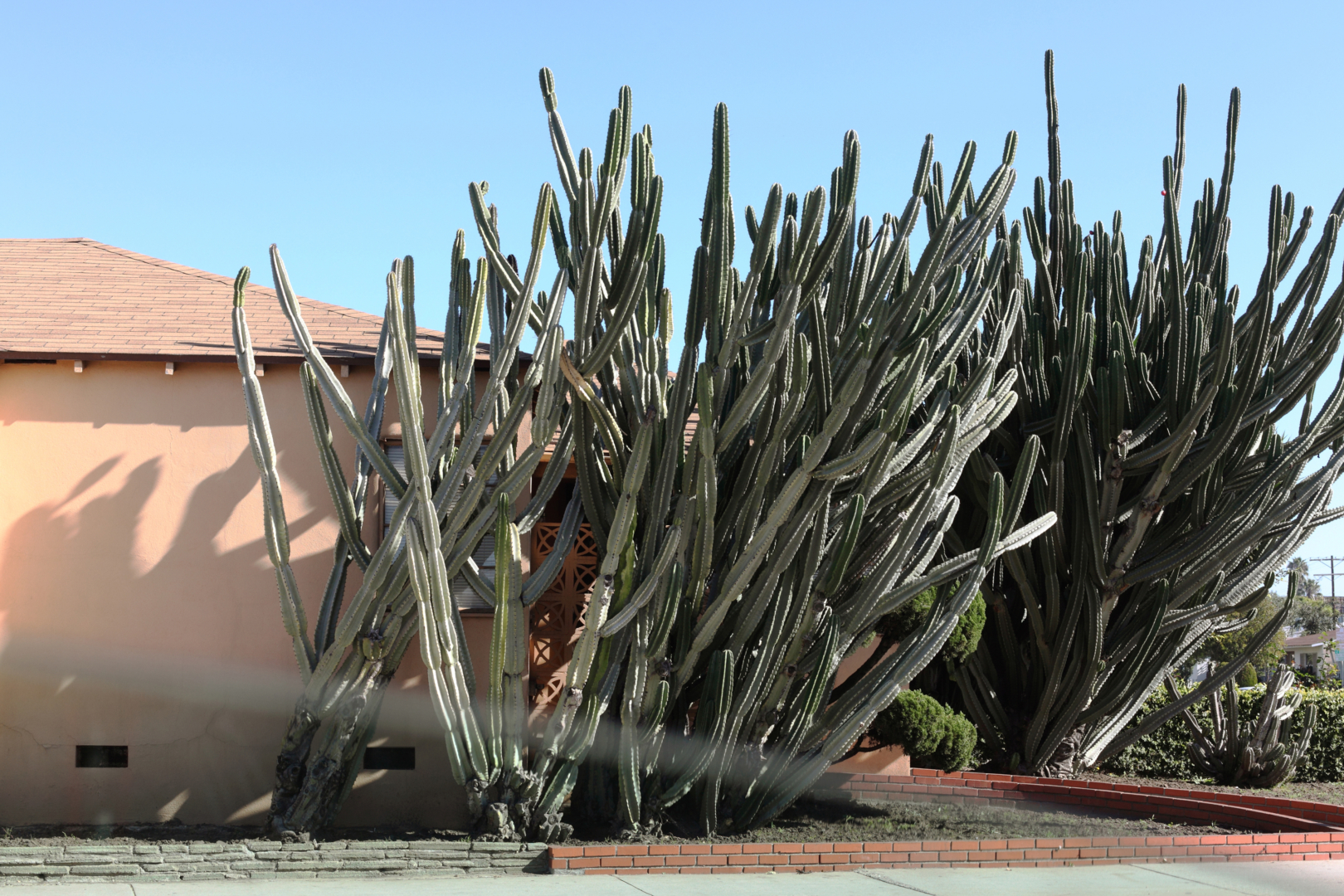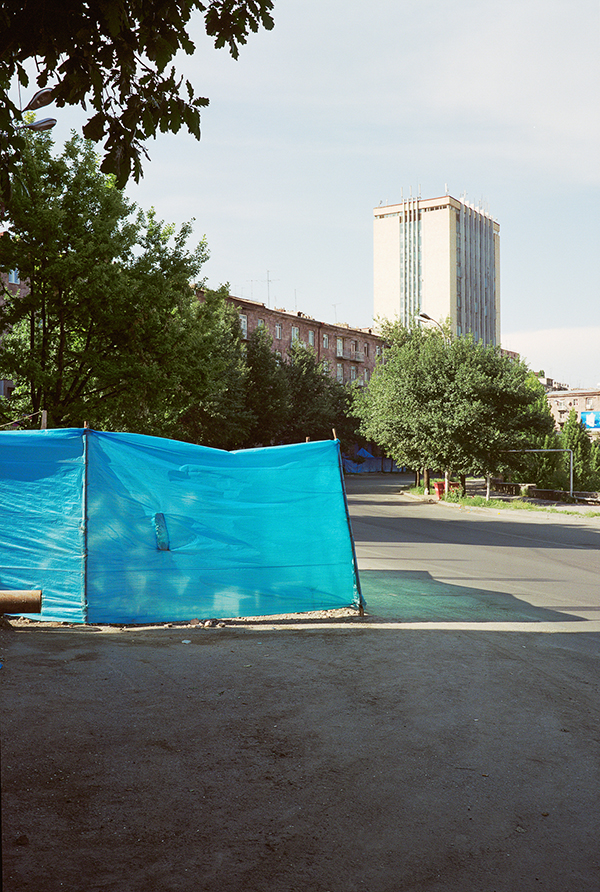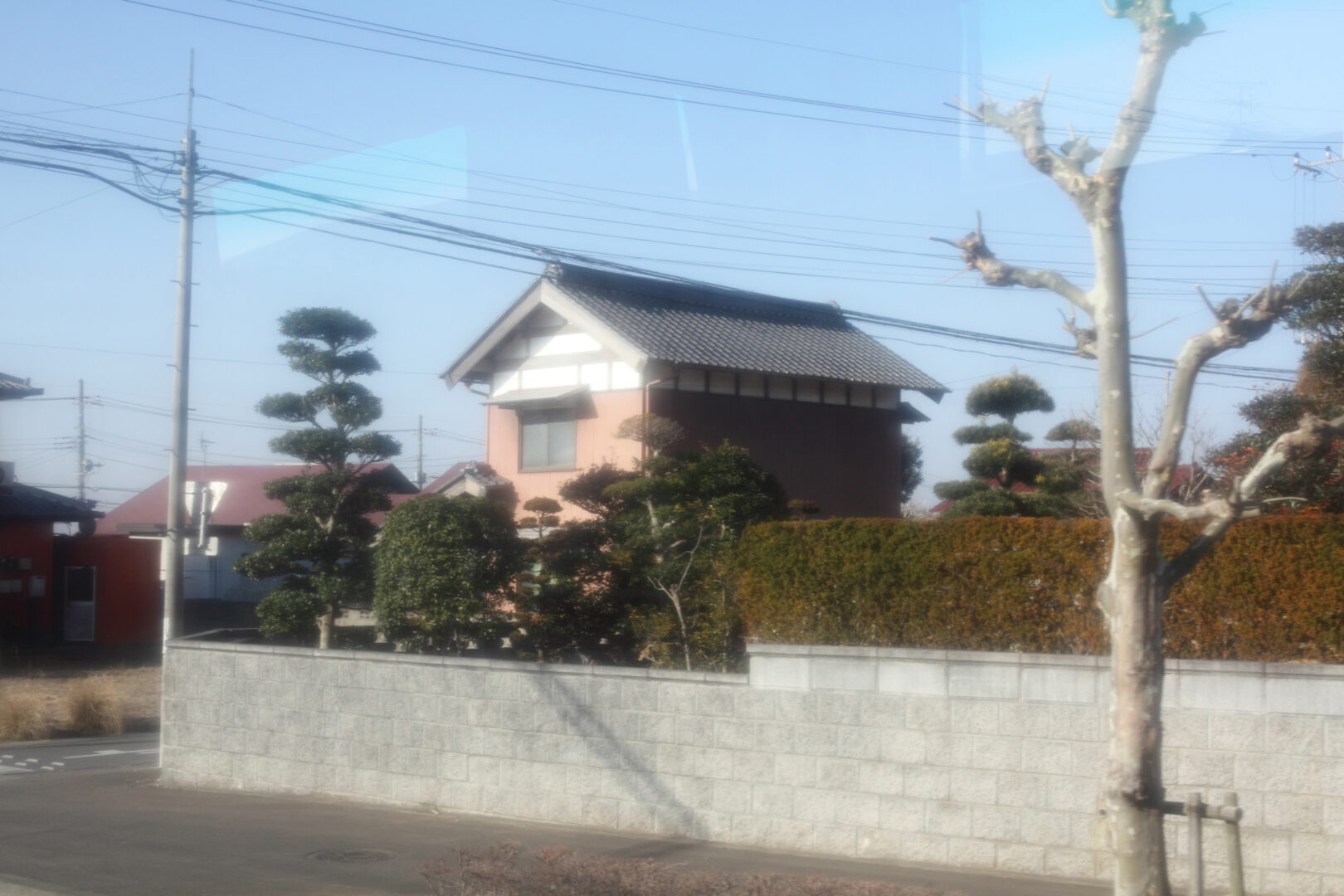20.09.2022 – 11.02.2023
10 JAHRE
GALERIE SPRINGER BERLIN
JUBILÄUMS-
AUSSTELLUNG
Verlängert bis zum 11.02.2023
We are delighted to invite you to our group exhibition marking the 10th anniversary of
Galerie Springer Berlin. When we opened the gallery in its current format 10 years ago,
it was founded on Robert Springer’s 20 years’ experience of gallery work stemming from
a long family tradition. The decision to run the gallery with Heide Springer resulted in a
reorientation of the gallery programme towards photography.
Over the past decade, we
are proud to have made an international name for ourselves as a gallery in this diverse
field. And alongside the necessary commercial focus, we have always placed great value
on quality and curatorial concepts, and see our gallery work as a cultural task. Luck has
also played a role in our on-going work in this direction and we are grateful for it.
For example, the area around our traditional location in Berlin-Charlottenburg has again
developed into a much sought-after area for galleries. Important public and private
institutions as well as photography galleries have since taken up residence close by, so
that the area has become an attractive and recognised quarter for all interested parties.
Over the past ten years, we have succeeded in putting on exhibitions with world
renowned photographers, including Edward Burtynsky who we represent exclusively in
Germany, Evelyn Hofer, Ingar Krauss, Saul Leiter, Ute Mahler and Werner Mahler, Joel
Meyerowitz, Loredana Nemes, Arnold Odermatt and Georges Rousse, and we have
enjoyed a successful working relationship with the latter two artists for well over 20
years now.
We also present recognised European artists for the first time in Berlin: Catherine Gfeller
and Aitor Ortiz.
And of course our programme includes Berlin-based photographers, covering new
approaches as well as new discoveries, such as Kathrin Linkersdorff who is now active
internationally, Maria Jauregui Ponte, Anna Lehmann-Brauns, Lohner Carlson, Wiebke
Elzel and Jana Müller, Winfried Muthesius, Ashkan Sahihi, Michael Schäfer and Sebastian
Wells, and Jens Liebchen and Peter Klare whose new series were shown in our most
recent exhibition.
In our anniversary exhibition, we are presenting a special selection of personal
favourites, chosen gems and highlights from the previous decade, and premiering a few
new works by our artists.
24.05. – 27.08.2022
PETER KLARE /
JENS LIEBCHEN
COLLAGES /
L.A. CROSSING
Opening: 21 May 2022, 1 – 6 p.m.
Every picture inevitably asks - apart from everything visible - about the author's position. After all, at the moment of viewing the picture, you find yourself in exactly this spot.
In our double exhibition with Peter Klare and Jens Liebchen, both artists are fundamentally concerned with their own standpoint in relation to the photographic motif. While Jens Liebchen's pictures are created as »drive-by-photography« on a year-long drive through Los Angeles, Peter Klare pushes himself with his collages directly in front of the camera lens into pictures from a distant past.
PETER KLARE:
Hard-edged lines, overlapping images, positive and negative forms and the unexpected complementation. The monochrome color field on the found footage creates new pictorial spaces. Barriers are piled up and overcome at the same time. While the colored forms make the existing images partially unrecognizable, curiosity is aroused in the viewer. In his new collages, Peter Klare inserts works from the »Shapes« series into landscape photographs taken from private family albums. In this way, the compositions become mental places of longing of the artist and, in tracing his own identity, as well describe the origin. Like on a chessboard, opposing assertions collide, press against and complement each other. Together they form the new image.
Peter Klare was born in Jena, Germany, in 1969. He studied painting in Montevideo, Uruguay, at the Academy of Fine Arts in Munich and at the University of California in Los Angeles. In 2020, he was awarded the prestigious Pollock-Krasner Foundation Grant. His work receives international recognition and has been shown at the Sprengel Museum in Hanover, Deitch Projects in New York, and the Armand Hammer Museum in Los Angeles, among others. Peter Klare lives and works in Berlin. To accompany the exhibition, the artist's book COLLAGEs will be published in a limited edition of 200 copies.
JENS LIEBCHEN:
In his series »L.A. Crossing«, which has been in the making since 2010, Jens Liebchen shows us the capital of unconditional automotive mobility like most of its inhabitants prefer to look at it: through the windows of their cars. Out of the moving car, Liebchen looks at a city that embodies the opposites of utopia and dystopia. »L.A. Crossing« itself sounds like the title of a movie, accordingly the street becomes a stage and photography becomes a kind of still image. Bathed in Californian light, the city appears fictitious and real at the same time. Stephen Shore’s image»La Brea Avenue and Beverly Boulevard« serves as a theoretical starting point for Liebchen’s work.
Beginning with the »La Brea Matrix Project«, which was centered around said photo, Liebchen has reversed the common view and now looks back from the street to the city. Neither does he stop, like Lee Friedlander in »America by Car«, nor does he follow a strict gird like Ed Ruscha in »Every Building on the Sunset Strip«. Liebchen drives and drives. From the privileged and air-conditioned perspective of the driver’s seat, light and dark sides of the metropolis are revealed.
Jens Liebchen (*1970) has worked as a freelance photographer since studying ethnology. His work has been exhibited worldwide and can be found in the collection of the DZ BANK Kunstsammlung in Frankfurt a. M., the Museum of Contemporary Art, Los Angeles and the art collection of the German Bundestag, among others.
Liebchen lives and works in Berlin. Liebchen's series »L.A. CROSSING« will also be presented in a large group of works in the exhibition »Hollywood« at the Helmut Newton Foundation from 2 June. On the occasion of the two exhibitions, the book of the same name »L.A. Crossing«will be published by Hartmann Books. It will be introduced in the exhibition at Galerie Springer Berlin.
20.02. – 07.04.2018
RAUM / RÄUME II
LEHMANN-BRAUNS · LIEBCHEN · ROUSSE · MEYEROWITZ · ORTIZ
Opening: 17.02.2018, 13 – 18 h / 1 – 6 pm
Die Ausstellung greift zum zweiten Mal das Thema "Raum / Räume" auf und führt die unterschiedlichen Raumauffassungen und Raumempfindungen der Künstlerinnen und Künstler zusammen. Nicht nur die angewandten Techniken unterscheiden sich, es zeigen sich auch elementare Unterschiede in der Darstellung, Interpretation und Umsetzung der gezeigten Positionen.
Revisiting the theme of "Raum / Räume" (space/spaces) for a second time, the exhibition combines different concepts of space as presented by the showcased artists. Not only do they use different techniques but their distinctive approaches also feature basic differences in presentation, interpretation and execution.
23.05. – 29.07.2017
JENS LIEBCHEN
SYSTEM
Opening: 20.05.2017, 15 – 20 h / 3 – 8 pm
Zum ersten Mal präsentiert die Galerie Springer Berlin den Künstler und Fotografen Jens Liebchen und dessen Serie »System«.
Das im Jahr 2014 unter gleichem Titel bei Peperoni Books/ White Press erschienene Fotobuch sorgte bei den Kritikern für große Begeisterung und war schon nach kurzer Zeit vergriffen. Um so glücklicher schätzt sich die Galerie, die Arbeiten nun großformatig zeigen zu können.
Jens Liebchen studierte Ethnologie an der Freien Universität Berlin, bevor er sich ganz der Fotografie widmete. In seinen Arbeiten setzt er sich mit politischen und gesellschaftlichen Themen auseinander. Von 2010 bis 2013 lebte er in Tokio, was ihm einen reflektierten Einblick in die japanische Gesellschaft und Kultur ermöglichte. Dort, im Zentrum der Metropole Tokio, entstand auch die Serie »System«. Liebchen fotografierte im äußeren Teil des Imperial Palace Gardens Kiefern während eines Schneesturms.
„Baumformationen“ beschrieben Michael Klein und Peter Lindhorst im Photonews-Blogbuch die Serie von Fotografien, „die ähnlich kontemplativ wirken wie die Schwarz-Weiß-Kunst der Tuschemalerei, die in Japan bis zur Vollendung praktiziert wird“. Was auf den ersten Blick wie ein Arrangement der Natur in unberührter Umgebung erscheint, ist tatsächlich ein Setting inmitten der Megacity Tokio. Durch das dichte Schneetreiben hindurch lassen sich im Hintergrund Autos und Teile der Stadtsilhouette erahnen, dabei stellen die Lichtverhältnisse die Formen und Strukturen der Bäume deutlich heraus und lassen die Farbfotografien fast wie Schwarz-Weiß-Darstellungen erscheinen. Die Bäume wirken dabei wie Protagonisten auf einer Bühne, teils stellen sie einzelne Charaktere dar,
teils wirken sie in Gruppen. Für Jens Liebchen haben die Bäume exemplarische Funktion. Sie werden systematisch geformt und entsprechen so gesellschaftlichen Normen. Sie spiegeln auf diese Weise die Gesellschaft. Seinem Buch stellt er den folgenden Text voran: „The tradition of tree shaping has come to assume an emblematic role in Japanese culture. Trees and shrubs in Japanese gardens are often drastically modified. Sculptors both control the location of trees and manipulate the growth of trunks, branches, and leaves. Little, if anything, is left to nature. The trees get cut, bent, buckled, diverted, redirected, and twisted into what is considered a perfect shape. In other words, they hold a mirror to a system meant to create individuals that invariably suit the needs of society“. (J.L.)
Ergänzend zu der Serie »System« zeigt die Galerie Arbeiten aus der Serie »Tsukuba-Narita 2011/03/13«. Die Serie ist Liebchens unmittelbare künstlerische Reaktion auf die Erdbeben-Tsunami-Reaktorkatastrophe in Japan im März 2011 und hinterfragt den medialen Wahrheitsgehalt von Bildern im Kontext der globalen Berichterstattung. In chronologischer Abfolge in der Art eines Roadmovie zeigen die Bilder den Blick aus dem Fenster eines Busses auf der Fahrt zum Flughafen Narita außerhalb von Tokio. "I left Japan two days after the quake. The situation was unclear. Information from Japanese and Western media differed to a great extent. The bus to Narita left on time, as usual." (J.L.)
Christoph Schaden schreibt in seinem Essay: „Wie werden wir heute gelesen?,fragen die Bilder. Wie werden wir morgen wahrgenommen? Und was wird in uns erkannt werden? Die 80 Bilder von Jens Liebchen verdanken sich einem künstlerischen Skeptizismus, der sich selbst nicht ausnimmt. Sie unterlaufen in der Anschauung auf virtuos vielschichtige Weise ein Dilemma des Erkennens, das uns auch zukünftig betreffen wird.“ Das gleichnamige Buch erschien 2011 bei Spector Books.
SYSTEM
L.A. CROSSING
PLAYING FIELDS
TSUKUBA-NARITA 2011/03/13













